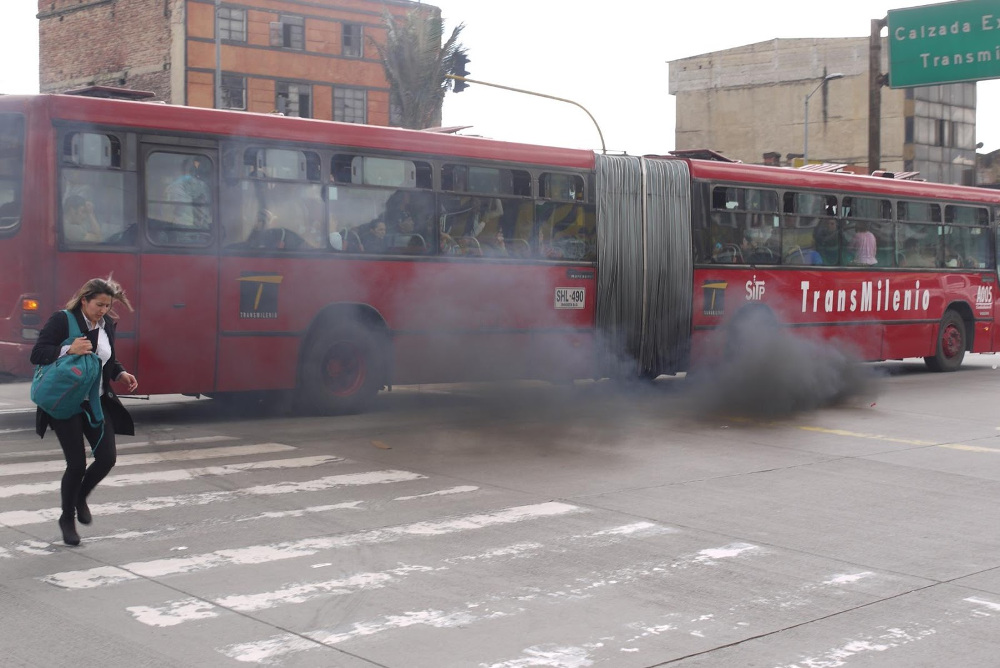- Ráquira: 108 PM10
- Aburrá Valley: 131 PM10
- Southwestern Bogota: 135 PM10
- Yumbo: 82 PM10
Colombia: the most polluted areas
Juan Felipe Guerrero C
July 10, 2018

BOGOTÁ, Colombia (ViaNews) - The Institute of Hydrology, Meteorology, and Environmental Studies (IDEAM, by its Spanish acronym) revealed an air quality report pertaining to the nation and the results are not looking too bright.
The report specifically points out that the highest concentration of contaminated air was found at Colegio - Ráquira (Boyacá), Acopi - Yumbo (Valle del Cauca), Carvajal - La Sevillana / Kennedy (Bogota D. C.) and the Museo de Antioquia - Medellín (Antioquia).
However, if the results were to be extrapolated to cities, the most affected would be Medellín, Bogotá, and Cali. Of course, environmental pollution is directly related to the number of inhabitants; the greater the population per square kilometer, the greater the number of activities that can result in pollutants for the environment. More specifically, the areas with the poorest air quality in the country are Ráquira, in Boyacá; the Valle de Aburrá, in Medellín; the southwest of Bogotá; and Yumbo, north of Cali.
Pollution records are made by measuring atmospheric pollutants, such as suspended particles, whether liquid or solid, such as dust, ash, soot, metals, cement, or pollen. These pollutants are classified in PM10 and PM2.5, according to their diameter. The former toxic material is able to pass the trachea (the lower part of the throat) and the latter easily penetrates the lungs.
These are the micrometer levels per cubic meter of PM10 found in the four areas classified with the worst air in Colombia:
 Woman escaping the smoke caused by the iconic TransMilenio bus in Bogotá, Colombia. Photo by: Mike Ceaser.[/caption]
As an added conclusion, IDEAM considers that air quality monitoring in the country should be strengthened, since there are still many areas that do not have sufficient indicators making it impossible to obtain specific results and thus hindering the ability to learn more about the effects of contaminated air in the nation.
Woman escaping the smoke caused by the iconic TransMilenio bus in Bogotá, Colombia. Photo by: Mike Ceaser.[/caption]
As an added conclusion, IDEAM considers that air quality monitoring in the country should be strengthened, since there are still many areas that do not have sufficient indicators making it impossible to obtain specific results and thus hindering the ability to learn more about the effects of contaminated air in the nation.
